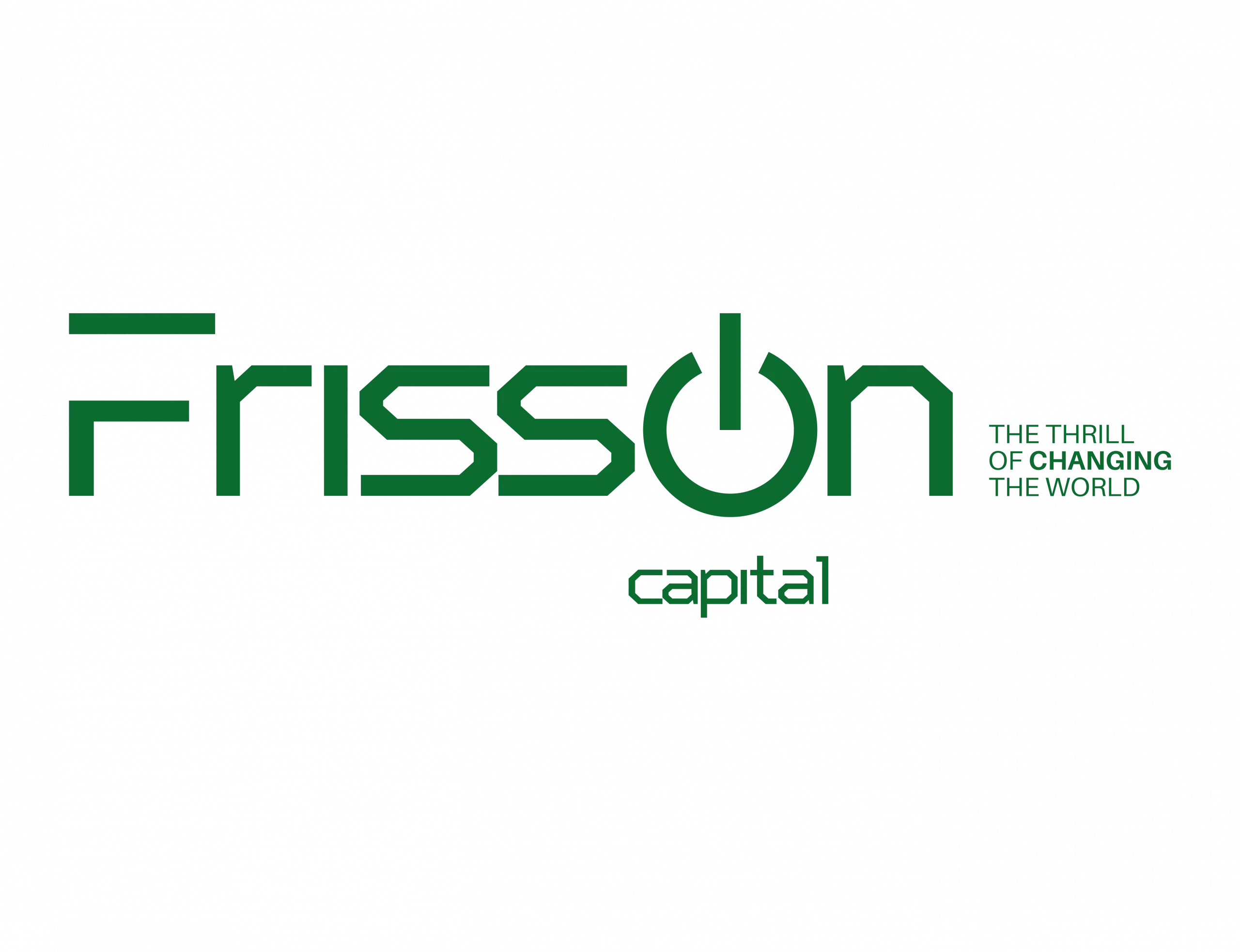One way to change the way our brain interprets the year is to focus on what we have been successful at as a starting point.
New Year’s resolutions, we make, we break, we repeat over and over again every year, and we insist so much that it seems like a joke. Now that 2023 has already begun, surely you have already formulated your resolutions for this year. If you still need to do so, it is time, especially if you are an entrepreneur concerned about your development and that of your business and you are aware that there are many things you set out to do and did not achieve last year.
Not achieving our goals often has to do with our mindset. How we think, plan, and execute our plans depends on the mindset we adopt. Think about the last two years: the pandemic transcended the first year, and two years later is still present in some form, which has changed many personal, family, and work plans.
Changing our mindset after these circumstances may seem impossible: we still have a degree of worry that generates anxiety and stress; we feel we must be cautious about our plans for this year when, in addition, the uncertainty of the current socio-economic climate continues to weigh heavily on our minds. Some are probably considering that their resolutions for this year may not include the vacations they would like or the conferences they would like to attend.
But resolutions don’t have to be impossible or impractical. It’s simply a matter of choosing a goal and pursuing it. So why do we tend to give up on them year after year? The important thing will be to develop a mindset that is appropriate to the circumstances.
When we think about what we want for the new year, we tend to focus on the things we didn’t do or achieve in the previous year, and our resolutions start with “now we will, this year…” (we’ll get that promotion, learn that hobby, lose that weight, etc.). It’s a natural inclination for most of us. I didn’t get the things I wanted last year, so I’ll try twice as hard to get them this year. The problem with this strategy is that what we are doing is focusing on failure as our path to success.
It is possible to turn failure into success. Still, if we haven’t taken the necessary steps to change the way we think about these failures, it’s going to be difficult to overcome the obstacles we already encountered that led to failure the first time. One way to change the way our brain interprets the year is to focus on what we have been successful at as a starting point.
Think of your Success
No success is too small. Write down the personal and professional accomplishments you achieved in the past year. Did you give a roll of toilet paper to a neighbor during COVID? Were you able to cook the dinner you offered to your girlfriend? Did you learn to understand and use technology as you had hoped? Write it down.
One of the most powerful systems in our brain is the reward system. It is the system responsible for how good we feel when we achieve something. That same system is activated simply by remembering rewarding events. That means that by focusing on our successes, we are reminding ourselves of these reward events and getting the powerful dopamine release with each thing we list. By deliberately focusing on our successes, we can use this system to boost optimism and joy, which will help us face the year with the same emotions.
But while you enjoy the memory of your past accomplishments, you can begin to reflect on what didn’t work and why; in this way, you can begin to turn past failure into future success.
Emily Fletcher, the founder of Ziva Meditation, encourages us to change the question from “Why is this happening to me?” to “What is this happening to me for?”. It’s changing one word, but that one word changes the mindset from negative to positive. It tells the brain that the event is not what matters but the lessons that can be learned from it.
If we ask ourselves why things happen, the brain will look for examples that confirm our thoughts. It’s like if we buy a car and start seeing that other people have the same make and model: the brain “tunes in” to notice the things we tell it are important to everyone. By changing the question from “why” to “what for”, the brain will look for everything it can learn and benefit from every event we examine, both in the past and present.
Because there is always something to be learned from every event, both good and bad. Instead of focusing on the events themselves and wondering why they happened to us, we can change the way we look at them and change our mindset from one in which we always see the bad to one in which we always look for the lessons and opportunities.
Setting a goal or resolution is not a “set it and forget it” process. It requires changing our mindset and planning for our success. No matter how passionate we are, things will get tough and go wrong. The key to setting a goal and always being able to achieve it is to have a plan. Taking the time to prepare for small victories and failures helps ensure that we don’t lose momentum, no matter what happens along the way.
How to set your resolutions:
The good resolutions we made with the twelve grapes are also abandoned during the year’s first days. Perhaps this happens because we do not treat those resolutions with due seriousness, and we leave aside our business vision, i.e., what are resolutions, if not objectives, to be achieved for the following year? So why not plan our year as we do when designing a strategic plan for any organization?
This year, why not forget about resolutions? Stop setting yourself up for failure and start putting all your weight on goals. Focus on daily practices that you can put into practice right now. This doesn’t mean that instead of saying you’re going to lose 10 pounds, focus on going to the gym daily. It is much more fundamental. The key to turning New Year’s resolution ideas into real change is learning to cultivate new habits – like going to the gym -. These small changes can lead to behavioral changes, accumulating over time to create a massive transformation.
Think about your mission and what you want to accomplish in the next 365 days to turn those resolutions into concrete goals. In that sense, goals must meet certain characteristics to be properly worded; therein lies the difference between goals and resolutions:
- They must be stated in writing: If we put in black and white what we want to achieve, there will be no excuse for not remembering it.
- They must be clear and specific: Let’s not just say, “I’m going to lose weight”; let’s try to be more specific, pointing out how many kilos we plan to lose and how much time.
- They should be measurable: If our project is to read more, let’s decide how many books we want to read by the end of the year.
- They must be ambitious but realistic: They must represent a challenge, cost us work and push us to make an effort every day, but without reaching the extreme of becoming a source of frustration.
- They must be linked to a particular period: It is convenient to set a time for each to divide that period into smaller blocks that allow us to measure progress.
There are several methods for setting objectives, three of which are listed below:
1. First, Sort and then Set Goals – Create a list of your life categories (e.g., Career, Finances, Relationships, Health, Personal Interests, Education, Creativity, Spirituality, Rest, Activity, etc.) and then brainstorm goals that correspond to each. You may choose to list several things you want to see come true, or you may focus on a single item in each category.
2. Setting goals over time – Having a trajectory helps people set clear, measurable goals. What would you like to achieve in the next year? The next five? The next decade? If you’re wondering why you look so far into the future, it’s because some goals take time to achieve, and you need to start working on them now so you can achieve them five or ten years from now.
If you want to try this method, create three rows on a sheet of paper: one for one-year goals, one for five-year goals, and one for ten-year goals. Then brainstorm what you would like to see happen before you reach the end of that period.
3. Choose a word for the new year – Instead of choosing achievement-based goals, some people prefer to focus all their energy on one word that will guide them throughout the year (empathy, gratitude, health, etc.). They let the “goals” come naturally, as they would anyway, and this frees them from dissatisfaction or disappointment at the end of the year if they don’t accomplish all the outstanding tasks on their wish list.
Not all objectives are the same
Creating a meaningful New Year’s resolution is the first step to harnessing the power of a fresh start. Discover the driving force behind your goals to create the captivating future you deserve.
But keep in mind that not all goals are created equal. Gary Latham, a psychologist at the University of Toronto, explains that if you want the greatest increase in motivation and productivity, “big goals (High and Hard Goals) produce the best results, significantly outperforming small, medium and vague ones.” These goals make us more persistent, and as a result, we are much more effective when we work, and much more willing to try again when we fail.
However, for ambitious goals to work, certain moderators need to be in place, not the least of which is commitment. “Great goals work best when there is alignment between the individual’s values and the desired outcome of the goal. When everything is aligned, we are fully engaged, which means we pay more attention, are more resilient, and, as a result, much more productive,” explains Latham.
Imagine you’ve been playing the piano for years. Your fingers are moving automatically, and you lose track of time. That’s a state of flow, an optimal state of consciousness where we feel our best and perform at our best-and. It plays a critical role in our ability to achieve our goals, especially when they are lofty and difficult.
Simply put, flow always follows focus, so these triggers increase attention and bring awareness to the present moment and action. And one of the most important triggers is known as “clear goals.”
While ambitious goals are mission statements and big dreams (being a doctor, writing a novel, etc.) that take years to achieve, clear goals are all the small steps one takes to fulfill that mission. Writing a novel may be the loftiest and most difficult goal, something that can take years; writing 500 words between 8:00 and 9:00 in the morning is a clear goal.
And this difference is key. When it comes to generating flow, clear goals are important because they tell us where and when to put our attention. When goals are clear, the mind doesn’t have to wonder what to do or do next: it already knows. Thus, concentration intensifies, motivation increases, and extraneous information is filtered out. Action and awareness merge, and we feel more immersed in the flow.
When we are told to set clear goals, we immediately visualize our highest and most difficult goals – we see ourselves on the Olympic podium, the Oscar stage, or on the Fortune 500 list – and we think that’s the goal. But it isn’t. These lofty and difficult goals are distractions that can divert attention from the present moment.
Clarity gives us security. We know what to do and where to focus our attention as we do it. When goals are clear, metacognition is replaced by in-the-moment cognition, and the self is out of the picture. Applying this idea to our daily lives means breaking tasks into bite-sized chunks and setting goals accordingly.
What all this means is that goal setting requires setting lofty, hard-to-achieve goals over the years and clear goals that are achieved on a minute-by-minute basis.
Make a Plan
One of the main reasons we didn’t reach our goals is that we didn’t have a plan. It’s normal to think that setting a goal is a finite thing. We want to lose weight, so we will go on a diet and go to the gym every day. We want to learn a foreign language, so we’ll buy a program and practice daily on the way to work. We want to write a book, so we’ll sit down and write 1,000 words every day. Sound familiar?
Believe it or not, the plan is much more important than the goal because it is the action steps we must take to reach the goal. If we want to win a race, we have to train and start a multi-level process that requires us to know where we are, where we need to be, and what we need to do to get there.
Making the plan involves, first, writing down where we are and dividing the goal into sections according to the size of your goal to achieve small victories that motivate you to pursue the next achievement (remember the brain’s reward system). You need victories to consolidate a behavior and make it a habit.
Part of the vision of success is knowing that things could go wrong or that we will have bad days or weeks. To ensure we can get through these difficult times, we need to think about them when we are in a calm and focused state of mind.
Divide a sheet of paper in two, and on the left side, write down everything you think might go wrong and some unknowns, and on the right side, write down a possible solution to each, involving action on your part. Finally, identify who and what your resources and next steps will be and when you will need to use them. Do you have someone who can cheer you up when you desperately need it? Maybe your best friend or maybe you need a coach to visit you once a week or even daily.
Making a plan for success is about trying to answer as many questions as you can about the reality of executing your goal. The more questions you ask yourself, the more detailed your plan will be and the easier it will be to build momentum when you need it most.
Be Flexible
Once you achieve the first success, you will have to evaluate to verify that you are in a different situation than when you started; that is a sign of progress. The objective may be still the same, but the action steps were missing one or more factors or no longer work. If so, reimagine your dream, why you want it, and what it will mean to achieve it. Otherwise, evaluate why you did not reach the goal, review your plan, and find out what is going wrong and how it can be fixed; failure is never the end, but an opportunity to evaluate what went wrong so you can adapt to the next steps.
Everything is going well, yet you are not finding enough motivation. In that case, ask yourself the same questions as when you set your goal; examine your resources and whether you need to give your frustrations a different perspective. Be flexible with your plan but ensure you keep your way and your passion; eventually, losing enthusiasm is normal and does not imply giving up but rather taking it as a sign to keep going. Remember that the brain has an incredible capacity for adaptation.
Distinguishing between changing goals productively versus giving up at the wrong time for the wrong reasons can be incredibly difficult to discern. We’ve heard it said that the trees don’t let us see the forest, and that’s the value of periodic reviews. We can determine the problem and decide how to move forward.
Flexibility means we give ourselves permission to ask questions, evaluate changes and adjust our actions to move forward.
Some Ideas for Resolutions
The first step to a successful purpose is to identify what you want to change in your life. Here are some ideas you can think about and imagine how to break them down into smaller, more achievable steps.
1. Active lifestyle – Incorporate movement into everything you do.
2. Get fit – Exercise the right way.
3. Eat healthily – Stock your pantry with nutritious foods.
4. Sleep well – Control your lifestyle, diet, and mind.
5. Detoxify your body: Quit some vices that affect your body.
6. Better time management – Learn to take control of your schedule. 7.
7. Earn more: Not necessarily increase your salary, but better manage it.
8. Transform the workplace – Create a vibrant company culture so your entire team thrives.
9. Sharpen the mind – Improve concentration and mental acuity.
10. Cultivate the intellect – Read more and watch less TV.
11. Increase your self-esteem – Build strategies to believe in yourself and your skills and abilities.
12. Eliminate stress – Practice meditation techniques to control and overcome stress.
Keep this in mind
As you map out your battle plan for 2023, ensure you have the right stack of ambitious, challenging targets and clear objectives. Of course, don’t underestimate the clear ones.
I wish you the best as you reflect on this year, health, and happiness in the one ahead.








